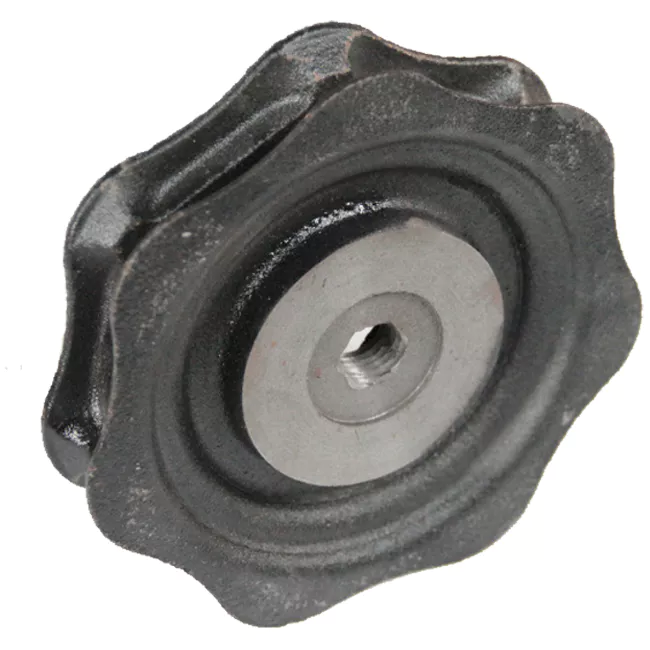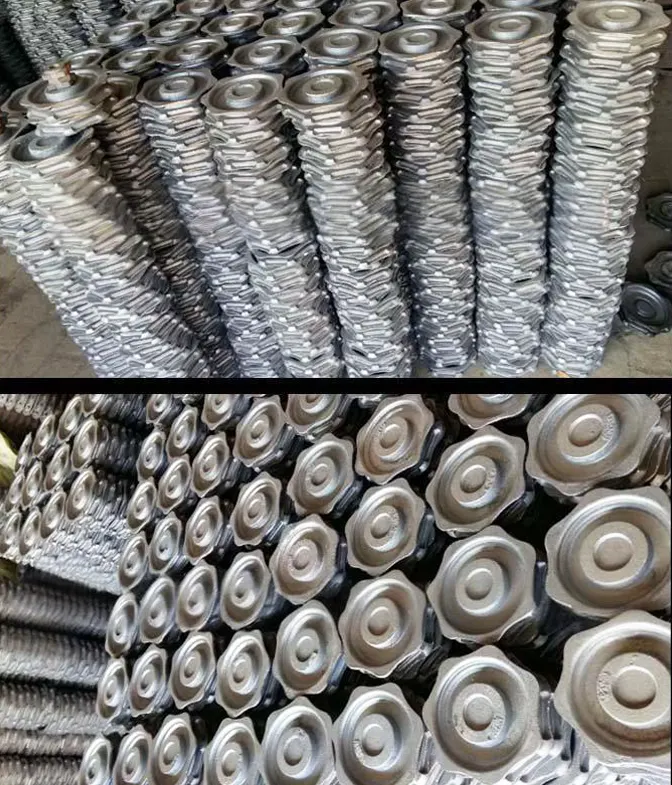The hoist sprocket is a key component in hoist lifting equipment, directly related to the service life of the equipment and the safety of operation. Reasonable maintenance and care can not only reduce the failure rate but also improve work efficiency.
The Function and Importance of Hoist Sprockets
The sprocket for hoist is a transmission component connected to the lifting device through a chain, mainly serving to transmit power and support the load. Its accuracy and wear condition directly affect the operational stability and safety of the entire lifting system.

Common Faults and Problem Manifestations
During long-term use, the hoist sprocket may encounter the following common problems:
- Gear wear: Severe wear of the hoist sprocket teeth can cause the chain to slip.
- Sprocket offset: Improper installation or long-term uneven load can cause the hoist sprocket to run eccentrically.
- Rust: In a humid environment, the sprocket is prone to rust, which affects its rotational flexibility.
- Cracks or broken teeth: Overloading or material fatigue can cause structural damage.
Key Points of Daily Inspection
To prevent serious damage to the hoist sprocket, the following inspections should be carried out regularly:
Visual inspection: Observe whether there are cracks, missing teeth or rust on the surface of the sprocket.
Fit clearance: Check the meshing degree between the chain and the sprocket, and whether there is any looseness or offset.
Rotational flexibility: Manually rotate the hoist sprocket to ensure smooth operation without jamming.
Lubrication condition: Observe whether the lubricating oil is sufficient and clean.

Lubrication and Maintenance Methods
Proper lubrication can effectively reduce the wear between the sprocket and the chain.
Lubrication frequency: It is recommended to lubricate at least once a week. When used frequently, the frequency should be increased.
Lubrication method: Brushing, spraying or dripping can be used to ensure that the grease can enter the gaps between the sprocket teeth.
Lubricant selection: Choose industrial lubricating oil or grease suitable for metal transmission components, and avoid oil products containing water or acidic or alkaline substances.
Standards for Sprocket Replacement
The sprocket should be replaced in time when any of the following situations occur:
The tooth wear exceeds one third of the original tooth height.
There are obvious cracks or missing teeth.
The fit between the sprocket and the chain is severely loose.
Surface rust can cause poor rotation or pose safety hazards.

Safety Operation Precautions
Power-off shutdown: Ensure that the equipment is in a shutdown state and cut off the power supply.
Wear protective equipment such as gloves and goggles to prevent injury from metal debris.
Use dedicated tools: Avoid forcibly disassembling and assembling with inappropriate tools to prevent damage to components.
Record maintenance status: After each maintenance, the inspection content and handling results should be recorded to facilitate subsequent tracking.
